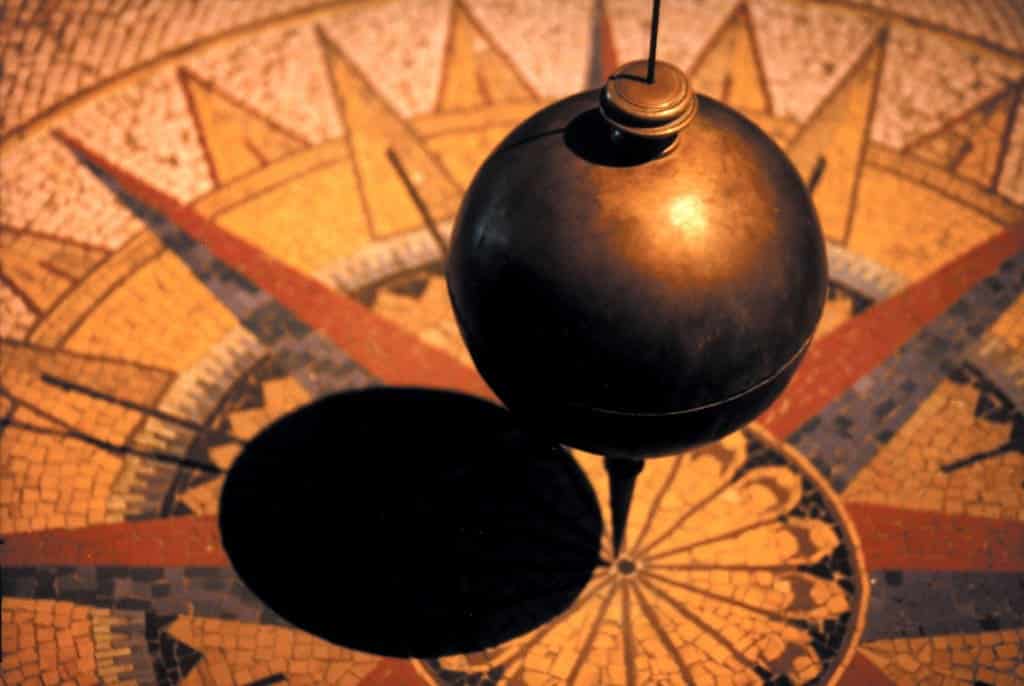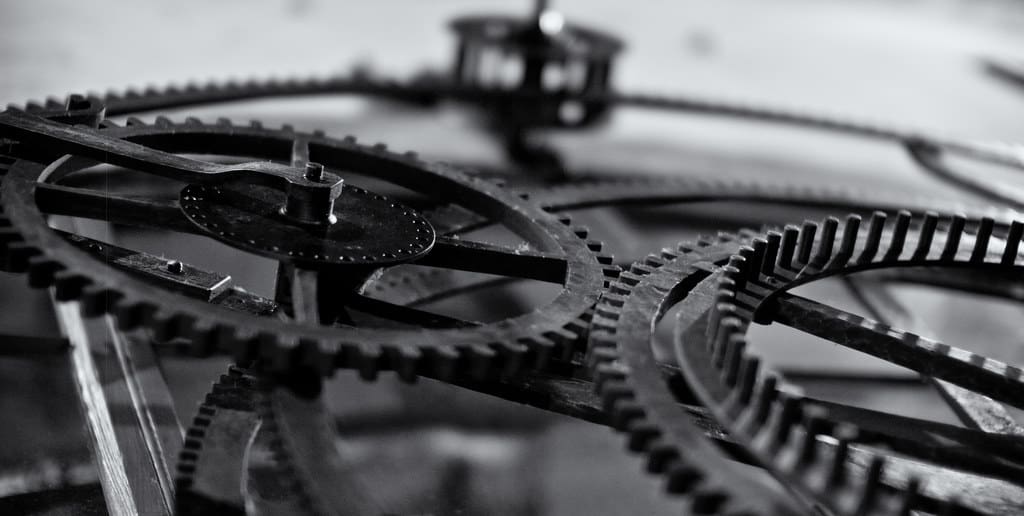I have just added a new poetic prose entitled “A Clock Ticks.” It is a kind of elegy related to the inner observation of the periodic movement of a mechanical clock. Along with the gears, various natural elements also show their periodic oscillation between two poles that, although in opposition, eventually merge into a unity that transcends its original components.
A clock ticks
Observe how the clock pulses, cartons roll, stolen words fill a void of systole and diastole, and how wind songs meet poetry!
Historical considerations on the pendulum and periodic motion
With its ancient origins, the pendulum has played a crucial role in measuring time throughout history. Galileo Galilei first discovered it in the 16th century when they observed the oscillatory motion of a chandelier in a cathedral. Fascinated by this regular and predictable motion, Galileo realized that the pendulum could be used to measure time.
However, Christiaan Huygens, a Dutch scientist, truly revolutionized the use of the pendulum in measuring time. In the 17th century, Huygens designed the first practical grandfather clock, which used a pendulum to regulate the movement of the clock’s gears. This innovation significantly improved the accuracy of timing devices, leading to significant progress in various fields such as astronomy, navigation, and engineering.

The pendulum’s ability to maintain a constant and precise swing has made it an invaluable tool for measuring time. This was achieved because its oscillation period remains constant, regardless of the amplitude. As a result, pendulum clocks became the most accurate timekeeping devices for centuries until the invention of quartz crystal oscillators.
Today, although pendulum clocks are no longer the primary method of measuring time, their historical significance and contribution to the development of time measurement cannot be underestimated. They remain a testament to the ingenuity and curiosity of those early scientists who unlocked the mysteries of the pendulum and its applications in measuring time. They also still play an essential role in measuring musical time through mechanical metronomes based on an inverted pendulum. However, they have also often been replaced with more compact and efficient digital metronomes.


